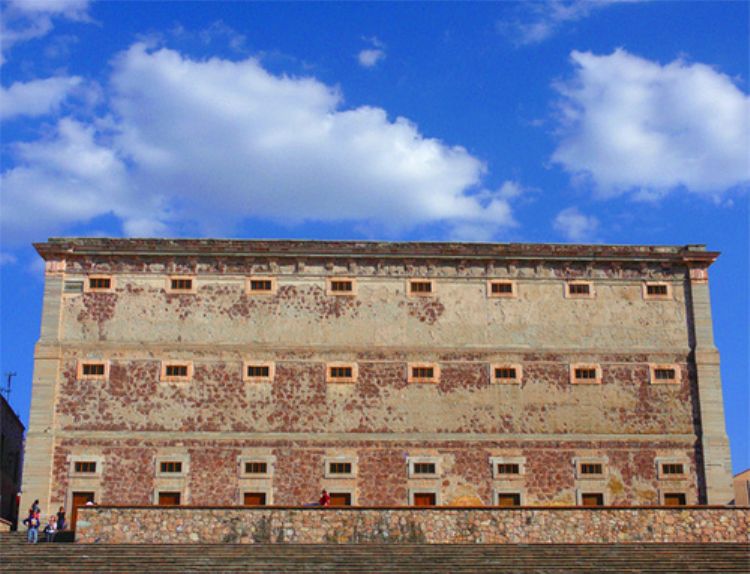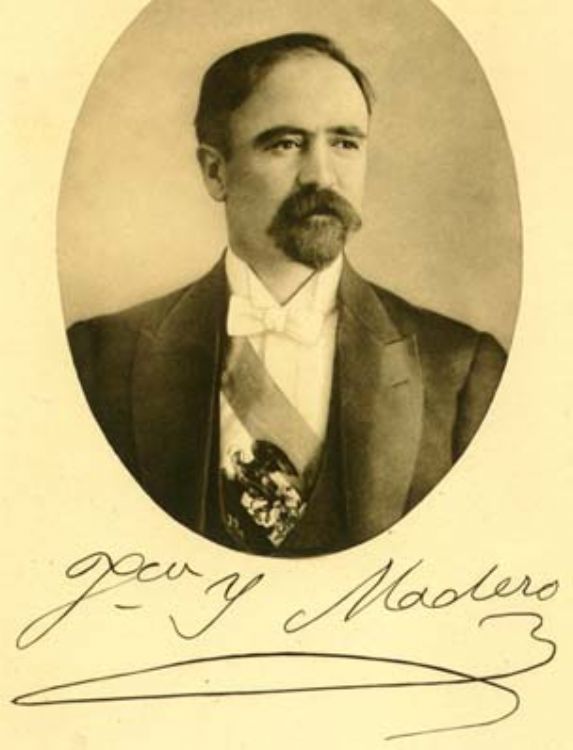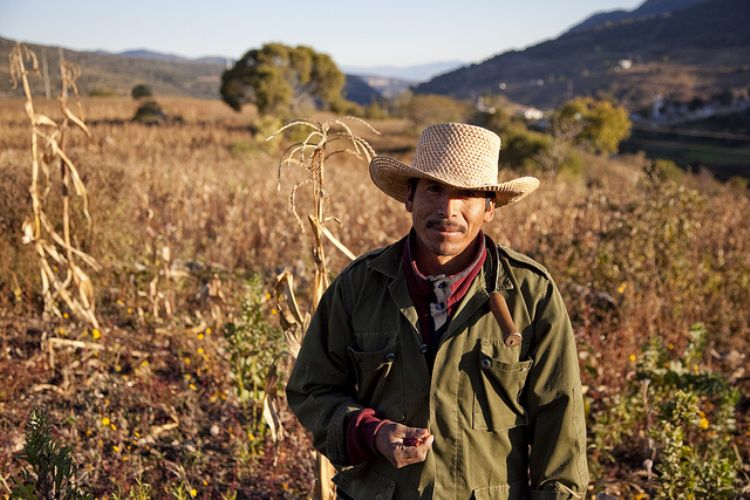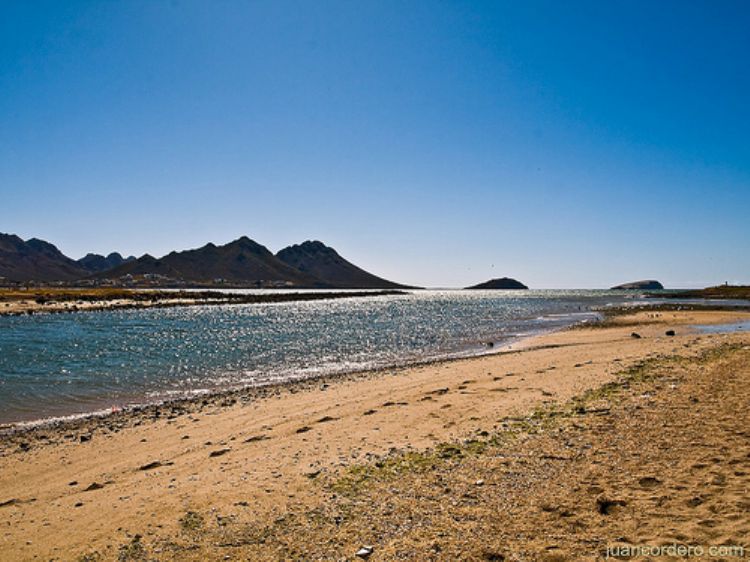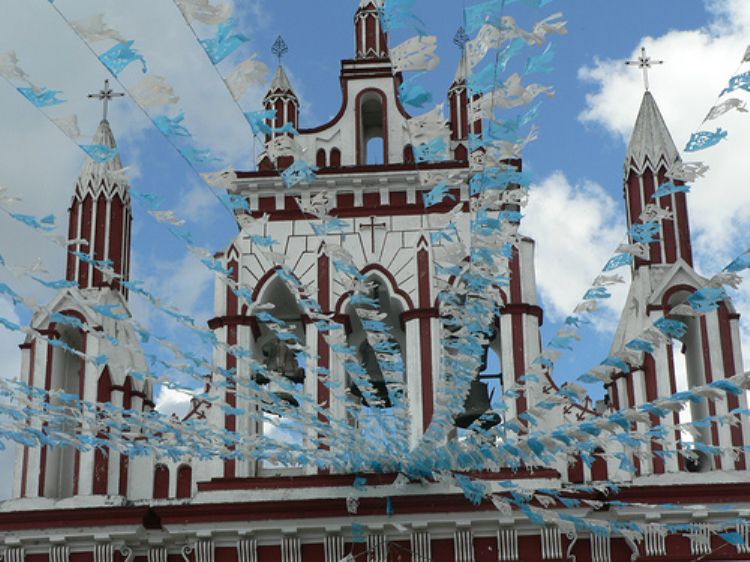Papantla, Veracruz
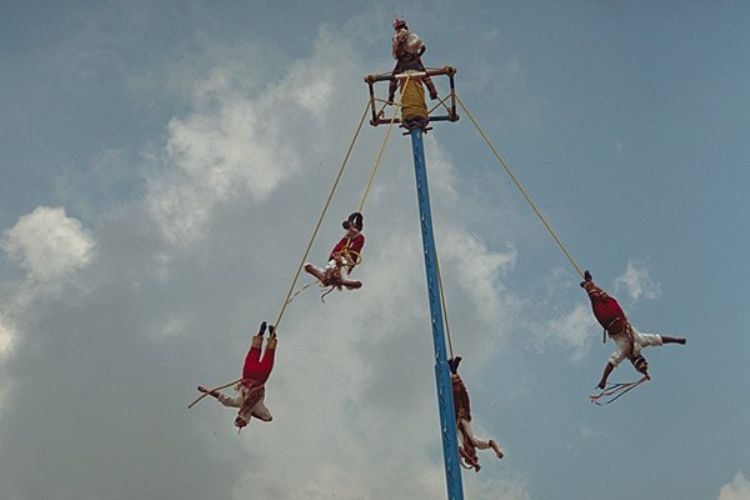
Papantla is a name stemming from the Totonac terms âPapaâ, meaning moon, and âtlanâ, for good, The Place of the Good Moon. This picturesque city is located in the northern region of the State of Veracruz, on Sierra Madre Oriental; with only 170,000 citizens, it still preserves the charm of old Mexico.
During the Conquest, it hosted one of the first Spanish settlements, known as Papantla de Santa María de la Asunción. It was recognized as city in 1910, declared World Heritage by UNESCO in 1992 and included into the Magical Towns of Mexico Program in 2006.
Of Totonac origin, Papantla was founded in the 4th century A.D. and reached its greatest splendor between the years 800 and 1200. From that great era, it still flaunts the archeological area of El Tajín, one of the most important religious centers in Mesoamerica. Its name in Totonac means City of Thunder; of great architectural wealth, it contains 200 buildings and great pyramids of exceptional form, such as the inverted talus and calendar niches. One of its main attractions is the âPyramid of the Nichesâ with its 365 niches in reference to the solar year and a museum with the most important pieces of the area. Only 37 Km away is the archeological area of Cuyuxquihui, 30 hectares of pre-Hispanic constructions and forest with a military fortress and a ceremonial center, in addition to terraces, stairwells and ball games.
The most frequently visited tourism sites are Nuestra Señora de Asunción Parrish Church, built in the year 1700 of Franciscan type architecture; the sculptural mural of the Totonac culture, created by Master Teodor Cano García, representing the evolution of Totonac culture framed within the body of Quetzalcoatl, it is located downtown in front of central park; and the Flyer Monument embedded at a mountain peak, a viewpoint offering the most beautiful panoramic view of the city.
Beyond any doubt, Papantlaâs most famous characteristic are its Flyers. According to Totonaca legend, gods ordered humans to dance. In honor of this request, the Voladores de Papantla ancient tradition is still mesmerizing worldwide. This dance consists of five men who climb up a 30 meter high pole and once at its peak, four of them tie a rope to their feet and jump head first, with outstretched arms, revolving around the pole, while the fifth man dances on the upper platform while playing a flute and drum. This fascinating exhibit of courage and skill is charged with divine symbolisms. The flute represents the song of birds, the drum is godâs voice, dancers represent the four cardinal points and each flyer revolves 13 times, which multiplied by four equals 52, the number of weeks in a year and the number of years in a solar cycle.
Known as one of the most distinctive traditions, the Danza de los Negritos has its origin in the magical rituals of the slaves brought from Africa by the Spanish. The dance tells the story of the efforts and spells of a mother desperate to return her son to life after having been bitten by a snake.
In Papantla, the subtropical forest ecosystem hosts species of cedar, laurel, rabbit, armadillo, coyote, sparrow hawk and rattle snake. Its coast provides fishermen with shrimp, prawn and catfish; while its fertile land is an excellent producer of banana, tobacco and coffee, but specially of vanilla, for which it boasts the motto âThe City that Perfumes the Worldâ.
Veracruz is famous worldwide for its delicacies and in Papantla there is a very special variety of traditional dishes, including mole with turkey meat, acoyotl tamal, banana leave tamal, anise bread rolls, stuffed bocoles, zacahuil and pumpkin sweets.
Tourists enjoy regional crafts, created by expert hands with techniques that have passed from generation to generation. Papantla is famous for its figures made of vanilla pods, sandals made of palm leaves, cedar wood flutes and drums covered with squirrel skin and the scale figures of regional dancers created of clay and glass ceramics.
Article Produced by the Editorial Team of Explorando Mexico.
Copyright Explorando Mexico. All Rights Reserved.
Photo: Images of the World


